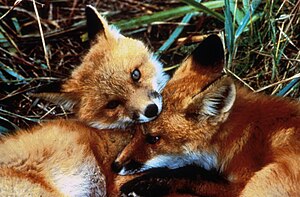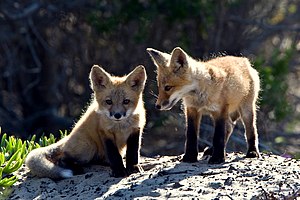Today I’d like to touch upon a recurring theme: re-homing materials and items still potentially useful to others (if no longer to us). We’ve been fortunate over the years to pair Rosslyn’s storage capacity in the carriage barn and icehouse with local expertise — specifically sawyers with portable sawmills able to custom cut logs on our property — so that fallen and culled timber can be transformed into lumber. The stump-to-lumber ash and elm flooring that was so recently installed during the icehouse rehab, up-bumping the character quotient dramatically, was not completely exhausted during installation. In fact, there’s enough surplus that I’m hoping to use it on a future project. But a short term opportunity arose to share some of this material with my nephews for a small but soon to be eye-popping outbuilding in their Rock Harbor renovation.

That sneak peek above illustrates the handsome walls and ceiling in what will become a dedicated workspace located a short plein air passage from the house. Looks a lot like the new floor in Rosslyn’s icehouse, right?
Soon this stump-to-lumber paneling will be paired with more re-homed Rosslyn material: Brazilian cherry (Jatoba) flooring remaining from our 2007-8 dining room rehabilitation.
Reimagine, Re-Home, Reuse
From reimagining to rehoming and reusing, Susan and I have been pretty obsessed with creative ways to revitalize and reboot whenever possible. Yes, that’s a whole lot of re-prefixing! I did mention obsession, right?
Baked into the icehouse rehab (and sooo much of our +/-17 year love affair with Rosslyn) is the inclination to salvage and rehabilitate, to recycle and upcycle, to repurpose and reuse… we’ve been keen to reimagine obsolete and abandoned artifacts in new, useful ways. (Source: Re-Homing Exterior Door)
Another similar opportunity, repurposing a pre-hung door, came up recently.
In the spirit of reducing, reusing, recycling, and repurposing, it pleases us that Tony Foster will be re-homing this exterior door from the icehouse. (Source: Re-Homing Exterior Door)
Sustainability is intrinsically rooted in responsible innovation. We strive to incorporate full cycle, cradle-to-grave thinking into our creative endeavors. A half century of combined construction and renovation experience has taught Susan and me that every project is part of a bigger whole, a small arc in a much larger continuum. And Rosslyn’s endurance, a two century story of repeat reinvention, enriches our confidence and our commitment to responsible re-prefixing whenever possible.
So much of our good fortune as Rosslyn’s stewards has been inherited from generations before us. Responsible ownership, conscientious preservation, and magnanimous spirits account for the life we’ve enjoyed on this property. We endeavor to follow in that tradition… (Source: Re-Homing John Deere AMT 626
Yes, Rosslyn has been far more than a home. She’s been our companion and our teacher.
Rosslyn has tutored us in the merits of conservation and preservation, rehabilitation and reinvention, generosity and sharing. (Source: Re-Homing Exterior Door)
And so it has made perfect sense to extend Rosslyn’s generosities to others. And perhaps my nephews’ workspace will afford them a small reminder from time-to-time of the property where they made many memories between childhood and adulthood.


















